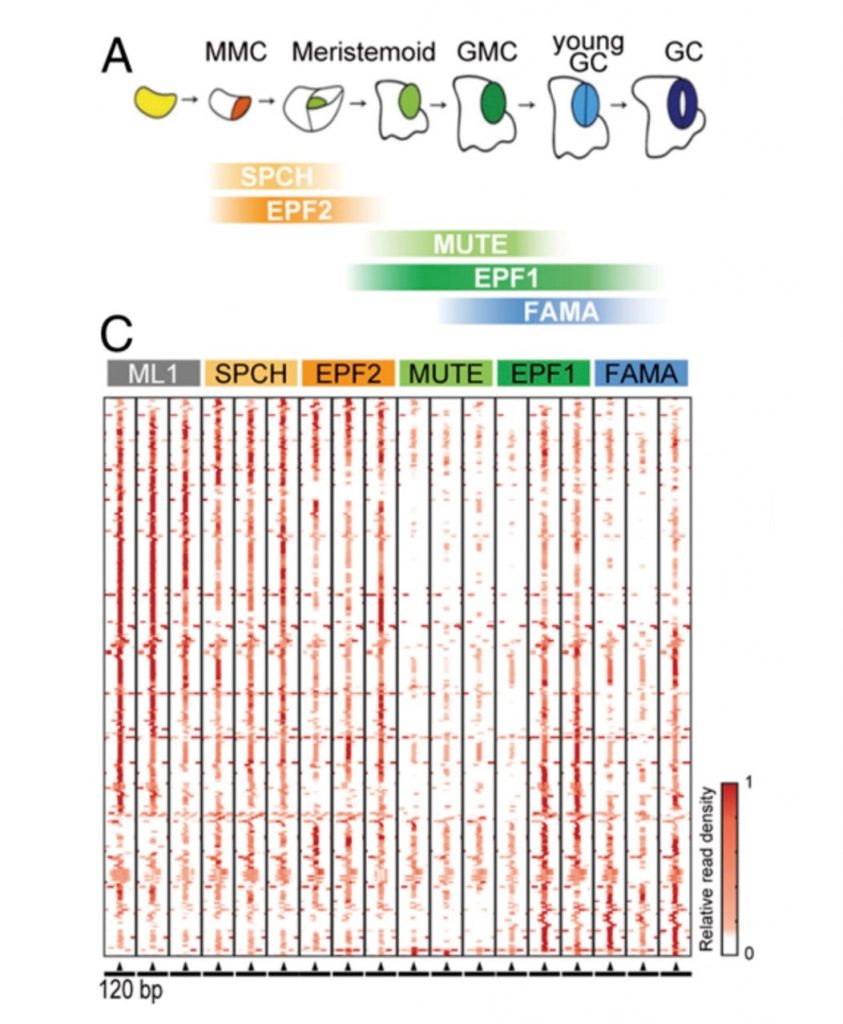
MicroRNAs and the control of stomatal development (PNAS)
Plant Science Research WeeklyStomata mediate critical functions in plant life: gas exchange, water loss, and some environmental responses. At the molecular level, some bHLH transcription factors and a MAP-kinase pathway control a series of asymmetric and symmetric cell divisions of stomatal stem cells to form a guard cell. In…

The Q-System as a synthetic transcriptional regulator in plants (Front. Plant Biol.)
Plant Science Research WeeklyThe ability to reliably induce a transgene has greatly enhanced the study of plant biology. Various chemical inducible system have worked robustly in plants, but plant synthetic biology is still lacking an efficient orthogonal (from outside) inducible system where multiple genes can be controlled at…
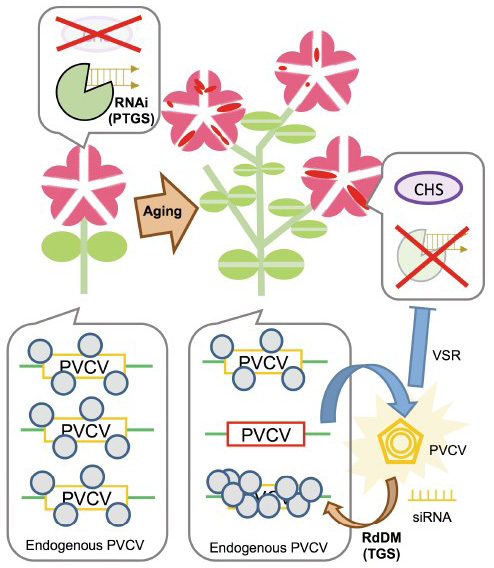
Disturbance of floral color pattern by activation of an endogenous virus in aged petunia plants (Plant J)
Plant Science Research WeeklyThe red color of petunia petals is due to the presence of anthocyanin pigments, produced in part through the action of the chalcone synthase enzyme. In the “Red Star”’ variety, expression of the CHS-A gene encoding chalcone synthase is silenced in cells around the midvein through post-transcriptional…
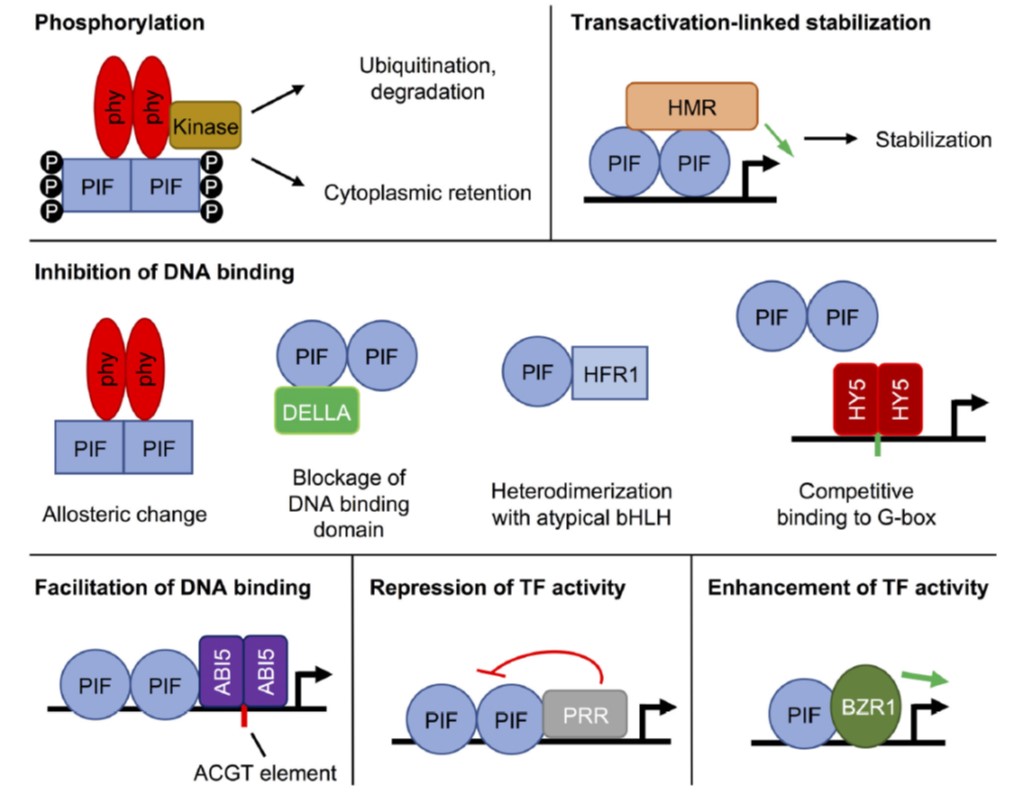
Review: Mechanisms regulating PIF transcription factor activity at the protein level ($) (Physiol. Plant.)
Plant Science Research WeeklyAbsorption of red and far-red light by phytochromes dramatically affects plant development, and many of these effects are mediated by the PIF (PHYTOCHROME INTERACTING FACTOR) family of transcription factors. Favero reviews the many ways that PIF activity is regulated beyond through their interactions…
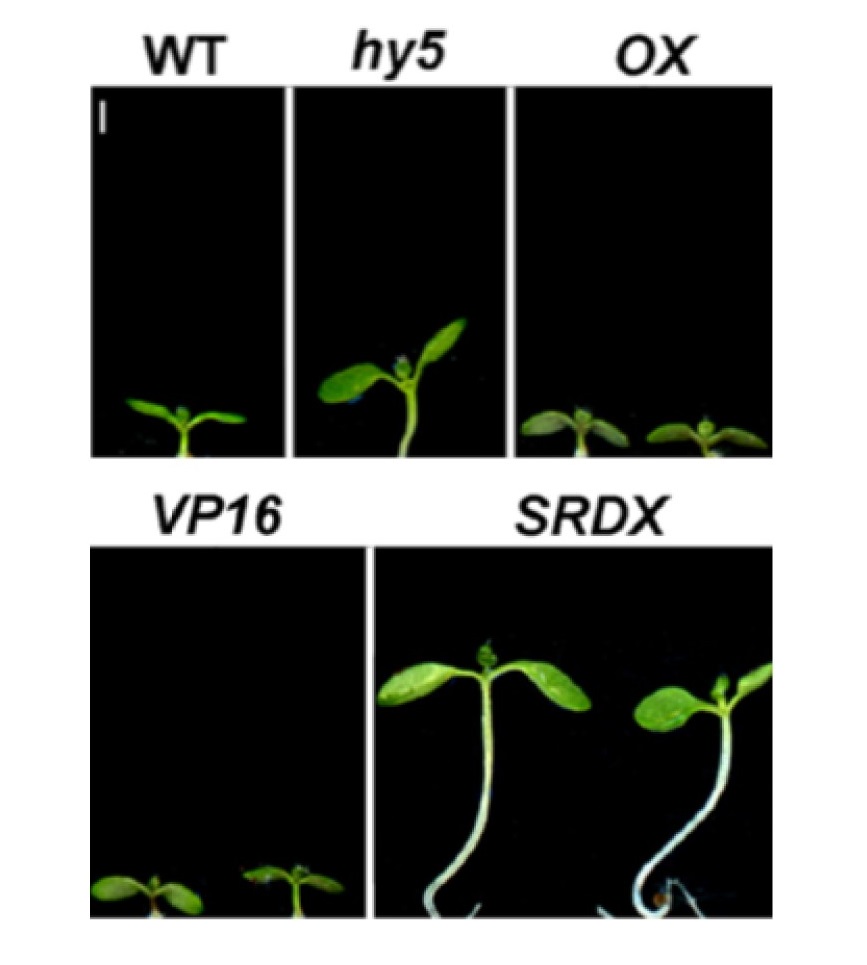
Chimeric activators and repressors define HY5 activity and reveal a light-regulated feedback mechanism (Plant Cell)
Plant Science Research WeeklyPlants take cues from the environment and decide when and how to regulate growth. When light is limiting, etiolated growth allows plants to reach the soil surface and gain access to light. After light perception, plants de-etiolate and go through a series of morphological and genetic changes. HY5 is…
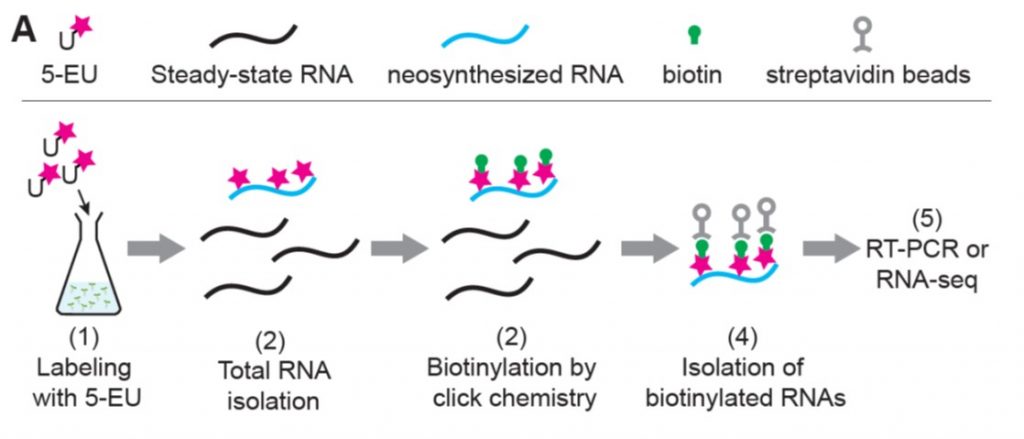
Metabolic labeling of RNAs uncovers hidden features and dynamics of the Arabidopsis transcriptome (Plant Cell)
Blog, Plant Science Research WeeklyThe ability to directly sequence RNAs (RNA-seq) has revolutionized our understanding of gene expression, but it can miss or underestimate short-lived RNAs. Several methods have been developed to identify newly-synthesized mRNAs to provide a snapshot of transcription as it happens. Szabo present Neu-seq,…
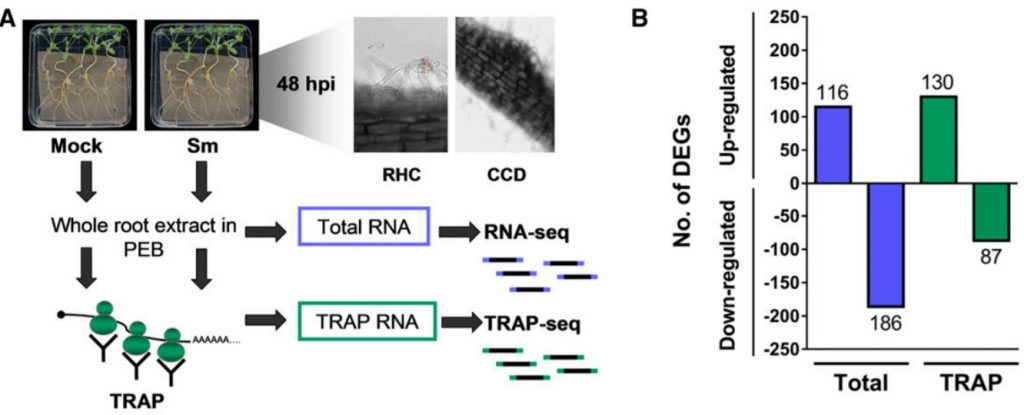
Reprogramming of root cells during nitrogen-fixing symbiosis involves dynamic polysome association of coding and noncoding RNAs ($) (Plant Cell)
Plant Science Research WeeklyThe symbiotic relationship between Rhizobium bacteria and leguminous plants like Medicago results in the development of secondary root organs called nodules. The bacteria housed in the nodule infection zone assimilate atmospheric nitrogen for plant growth. In this paper, Traubenik et al. used (RNA-seq)…
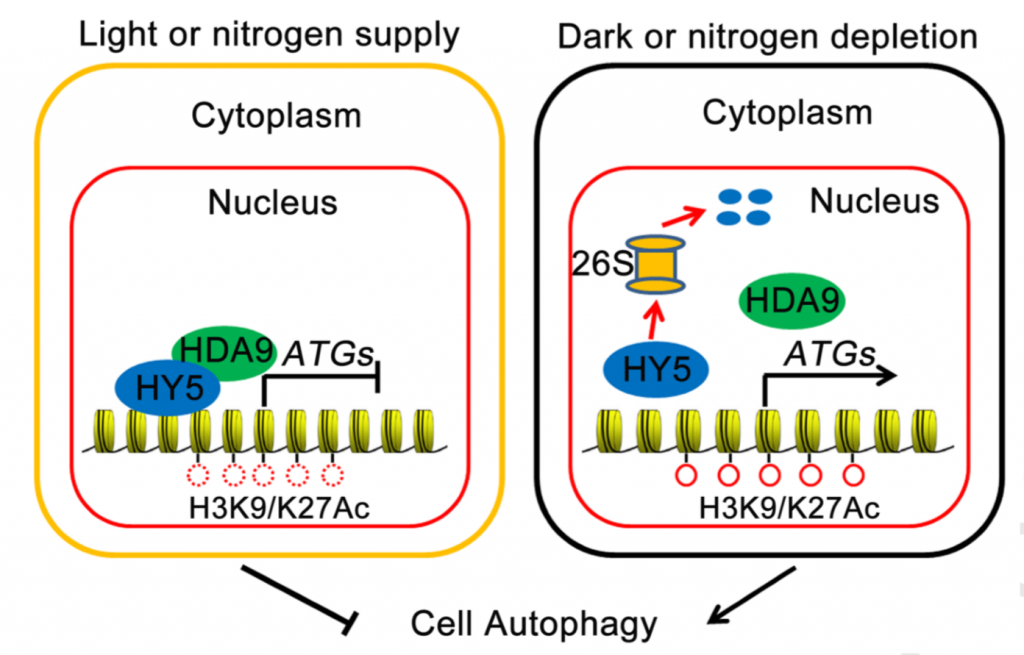
HY5 interacts with and recruits HDA9 to negatively regulate autophagy (Mol. Plant)
Plant Science Research WeeklyPlants activate autophagy, a cellular recycling process, to recycle useful nutrients or remove harmful items, helping them to withstand harsh conditions. Recently, Yang et al. found that HY5 is a hub connecting the light signaling and autophagy pathways. Under replete conditions (e.g., light and nitrogen-sufficient),…
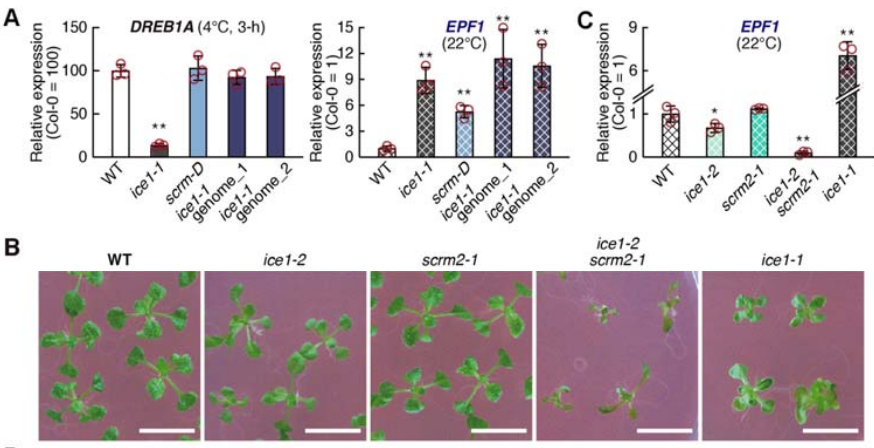
Does ICE1 participate in cold responses?
Plant Science Research WeeklyFor many years, the Arabidopsis transgenic allele ice1-1 was used to demonstrate the role of the transcription factor ICE1 in freezing and cold tolerance. This gene was first identified in a screening strategy using a luciferase reporter for DREB1A expression, another TF involved in downstream signaling.…

